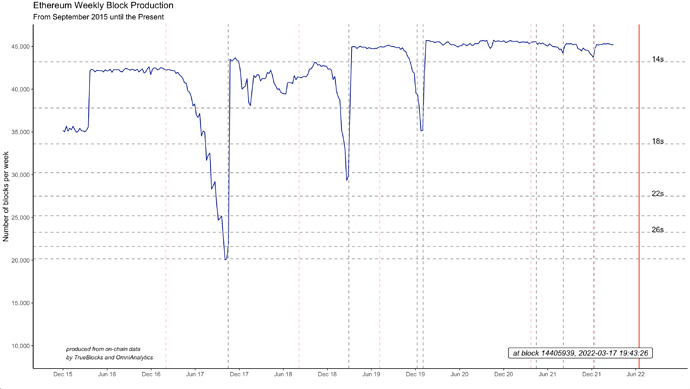It would be great to get someone to double-check this work? Repo link above. The solid red line is June 15. The dashed red lines are each time the bomb’s period was at period 31 for comparison. (Period 31 is where it was reset in December.)
2 Likes
